Uhse, Beate, born 25-10-1919 in Cranz, Hamburg, Germany, 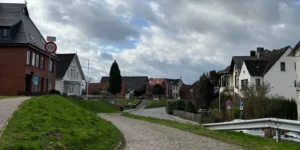 the youngest daughter of the East Prussian landowner Otto Köstlin and his wife doctor Margarete Köstlin-Räntsch, Beate was educated in a boarding school. At home, sexuality was discussed at a young age. At the age of sixteen, she went to England for a year as an au pair to learn to speak English. In 1939, she married her flying instructor Hans-Jürgen Uhse.
the youngest daughter of the East Prussian landowner Otto Köstlin and his wife doctor Margarete Köstlin-Räntsch, Beate was educated in a boarding school. At home, sexuality was discussed at a young age. At the age of sixteen, she went to England for a year as an au pair to learn to speak English. In 1939, she married her flying instructor Hans-Jürgen Uhse. 
 In 1943 they had a son, but in 1944 Hans-Jürgen Uhse died in a collision between two aircraft in WW2. In 1949 she remarried Ernst-Walter Rotermund,
In 1943 they had a son, but in 1944 Hans-Jürgen Uhse died in a collision between two aircraft in WW2. In 1949 she remarried Ernst-Walter Rotermund,  with whom she had two more sons.
with whom she had two more sons.  Beate and her sons. From left: Dirk Rotermund, Klaus Uhse and Ulrich Rotermund
Beate and her sons. From left: Dirk Rotermund, Klaus Uhse and Ulrich Rotermund
Her passion for flying began in 1928, when she was nine years old. Because they wanted to offer sightseeing flights to bathers, two young pilots asked for permission to use a meadow on their parents’ estate as a runway. She made her first flight on 07-08-1937, and obtained her A2 pilot’s license on her 18th birthday. As an employee at Bücker Flugzeugbau  , she learned to fly all kinds of aircraft. She also flew various aircraft for a film company, as a stand-in for the main character in the film. During the war, she could not continue as a civilian pilot and she joined the Herman Göring‘s
, she learned to fly all kinds of aircraft. She also flew various aircraft for a film company, as a stand-in for the main character in the film. During the war, she could not continue as a civilian pilot and she joined the Herman Göring‘s 
 Luftwaffe
Luftwaffe  , where she eventually had to fly many different types of aircraft (including the Stuka, Messerschmitt Bf 109 and 110, and even the first jet fighter Messerschmitt Me 262)
, where she eventually had to fly many different types of aircraft (including the Stuka, Messerschmitt Bf 109 and 110, and even the first jet fighter Messerschmitt Me 262)  to the front as a captain-pilot in a ferry unit.
to the front as a captain-pilot in a ferry unit.
From October 1944, Beate Uhse was stationed in Berlin-Staaken. A few weeks later, she flew a Messerschmitt Bf 109 G to Aalborg, even stopping in Flensburg, which – unbeknownst to her – would become her adopted home less than four years later. In January 1945, the Luftwaffe pilot flew a Focke-Wulf Fw 190 to Gotenhafen (Gdynia) and stopped in Wargenau. She had blank tickets for her parents, but they could not be persuaded to leave the estate. It was the last reunion. Her father was shot by Russian soldiers, her mother lost the will to live and died a short time later, exhausted.
In April 1945, she was one of the last pilots who were able to escape Berlin, after which she was captured by the British. After the war, former Luftwaffe pilots were not allowed to fly again, which meant that she had to look for other work.
Because flying activities were banned in Germany after World War II, Uhse could no longer work as a pilot. By publishing a brochure on periodic abstinence, she raised some start-up capital. In 1951, she and four others founded the Versandhaus Beate Uhse,  which sold condoms and books on sexual hygiene. Ten years later, the company had five million customers.Then, in 1961, she opened the world’s first sex shop in Flensburg.
which sold condoms and books on sexual hygiene. Ten years later, the company had five million customers.Then, in 1961, she opened the world’s first sex shop in Flensburg. 
 Today, there are 52 branches in Germany.In Berlin, there is the Beate Uhse Erotic Museum; somewhat comparable to the Sex Museum in Amsterdam.
Today, there are 52 branches in Germany.In Berlin, there is the Beate Uhse Erotic Museum; somewhat comparable to the Sex Museum in Amsterdam.
In 1971, the first self-service sex shop with video booths by Beate Uhse  was opened in the Kalverstraat in Amsterdam, which caused quite a stir at the time. This branch later moved to the Spui under the name Christine le Duc, an originally Dutch company that was taken over by Beate Uhse in December 2003. In the Netherlands, there were twenty branches under the name Beate Uhse throughout the country. In August 2017, the ailing Beate Uhse announced that it had sold the stores and webshop of subsidiary Christine le Duc as well as its wholesale company Scala for an amount of 4.05 million euros.
was opened in the Kalverstraat in Amsterdam, which caused quite a stir at the time. This branch later moved to the Spui under the name Christine le Duc, an originally Dutch company that was taken over by Beate Uhse in December 2003. In the Netherlands, there were twenty branches under the name Beate Uhse throughout the country. In August 2017, the ailing Beate Uhse announced that it had sold the stores and webshop of subsidiary Christine le Duc as well as its wholesale company Scala for an amount of 4.05 million euros.  Christine le Duc had been taken over by a group of anonymous Dutch investors and thus returned as an independent Dutch company after years under German management.
Christine le Duc had been taken over by a group of anonymous Dutch investors and thus returned as an independent Dutch company after years under German management.
Death and burial ground of Köstlin-Uhse, Beate.
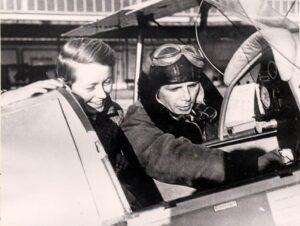
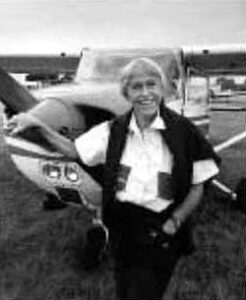

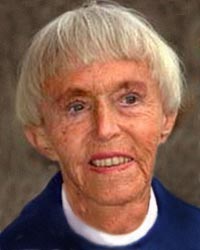
In 1983, Uhse was diagnosed with stomach cancer, for which she was successfully treated. Beate died 16-07-2001, age 81, in Sankt Gallen, Zwitserland.and is buried at the local cemetery of Glücksburg. Bahnhofstrasse 15 2469 Glücksburg, Germany.
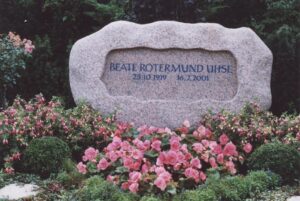
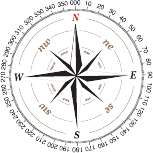











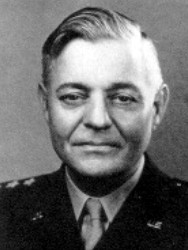



Leave a Reply